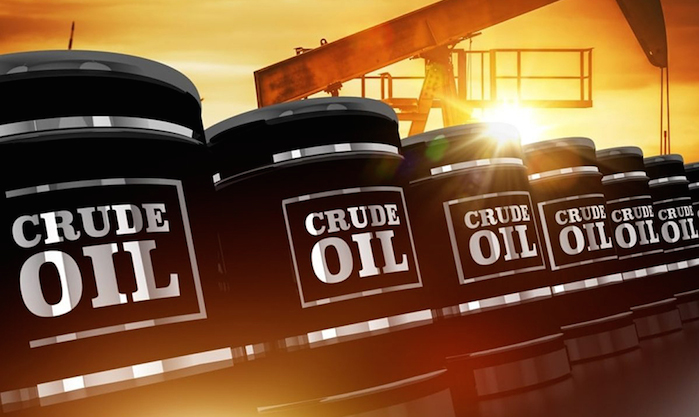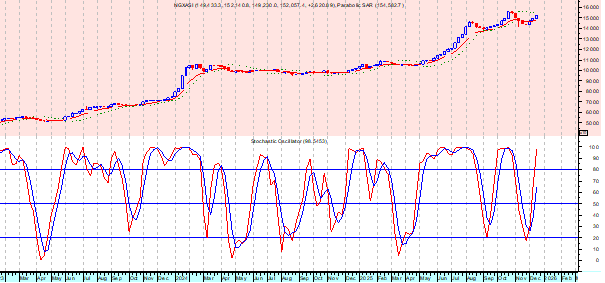
Taiwo Adekeye
Research Analyst
Global oil prices are rising due to geopolitical tensions, supply-demand fluctuations, and disruptions from the Russia-Ukraine conflict. Tightening supplies, including inventory drawdowns of gasoline and distillates, are exacerbating the situation. This upward trend is expected to impact consumers and industries worldwide significantly. The following factors are contributing to this persistent rise
Russia and Ukraine Exchange Strikes on Energy Infrastructure: Ukraine recently attacked a pumping station impacting the Caspian Pipeline Consortium (CPC), a major pipeline system transporting crude oil from Kazakhstan to the Black Sea for global shipping. The attack caused a 30%-40% drop in oil flow, reducing the supply and supporting higher oil prices. Meanwhile, Russia targeted Ukrainian gas infrastructure, damaging gas production facilities. These strikes further tighten supply and put upward pressure on prices.
U.S. and Russia Discuss Ukraine War Without Kyiv: U.S. officials held talks with Russian representatives in Saudi Arabia on Tuesday to discuss the Ukraine conflict, excluding Kyiv from the conversation. Ukraine has insisted on being part of these discussions, while Russia continues to oppose NATO membership for Ukraine. Such sidelining of Ukraine is unlikely to lead to a resolution and could escalate tensions, leading to prolonged conflict and reduced supply.
Gasoline Drawdown: A drawdown means a reduction or decrease. So, when gasoline inventories are drawing down, it means the amount of gasoline in storage is declining. This typically happens when demand for gasoline is higher than the supply in storage, possibly due to increased driving during peak seasons
Distillate Drawdown: Distillates refer to refined products like diesel fuel, heating oil, and jet fuel. A drawdown here means the supply of these products is decreasing, possibly due to higher consumption or lower production levels, similar to gasoline.










